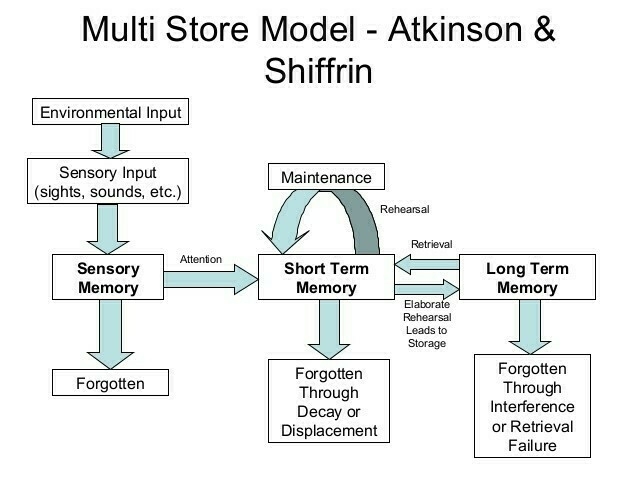Some Early thinking on Artificial Intelligence
You can not separate early research in artificial Intelligence and information processing theory. that guided comprehension and memory research in the 1960s and 1970s.
The debate folks had then on if all information is quantifiable and known or situated within context is the same debate folks have today over AI hallucinations
And research into artificial intelligence is not new. It is just the processing power has finally caught up to theory.
Clancey, W.J. (1991). Why today’s computers don’t learn the way people do. In: P.A. Flach and R. A. Meersman (eds)Future Directions in Artificial Intelligence, Amsterdam: Elsevier. 53-62.
Feigenbaum, E. A. (1961, May). The simulation of verbal learning behavior. In Papers presented at the May 9-11, 1961, western joint IRE-AIEE-ACM computer conference (pp. 121-132).
Goldstein, I. P. (1979). .The genetic graph: a representation for the evolution of procedural knowledge International Journal of Man-Machine Studies, 11(1), 51-77.
Sandberg, J., & Wielinga, B. (1992). " Viewpoint:" Situated Cognition: A Paradigm Shift?. Journal of Interactive Learning Research, 3(2), 129.
Smith, R. G., Mitchell, T. M., Chestek, R. A., & Buchanan, B. G. (1977).A model for learning systems (No. STANCS77605).
